Make ranching regenerative
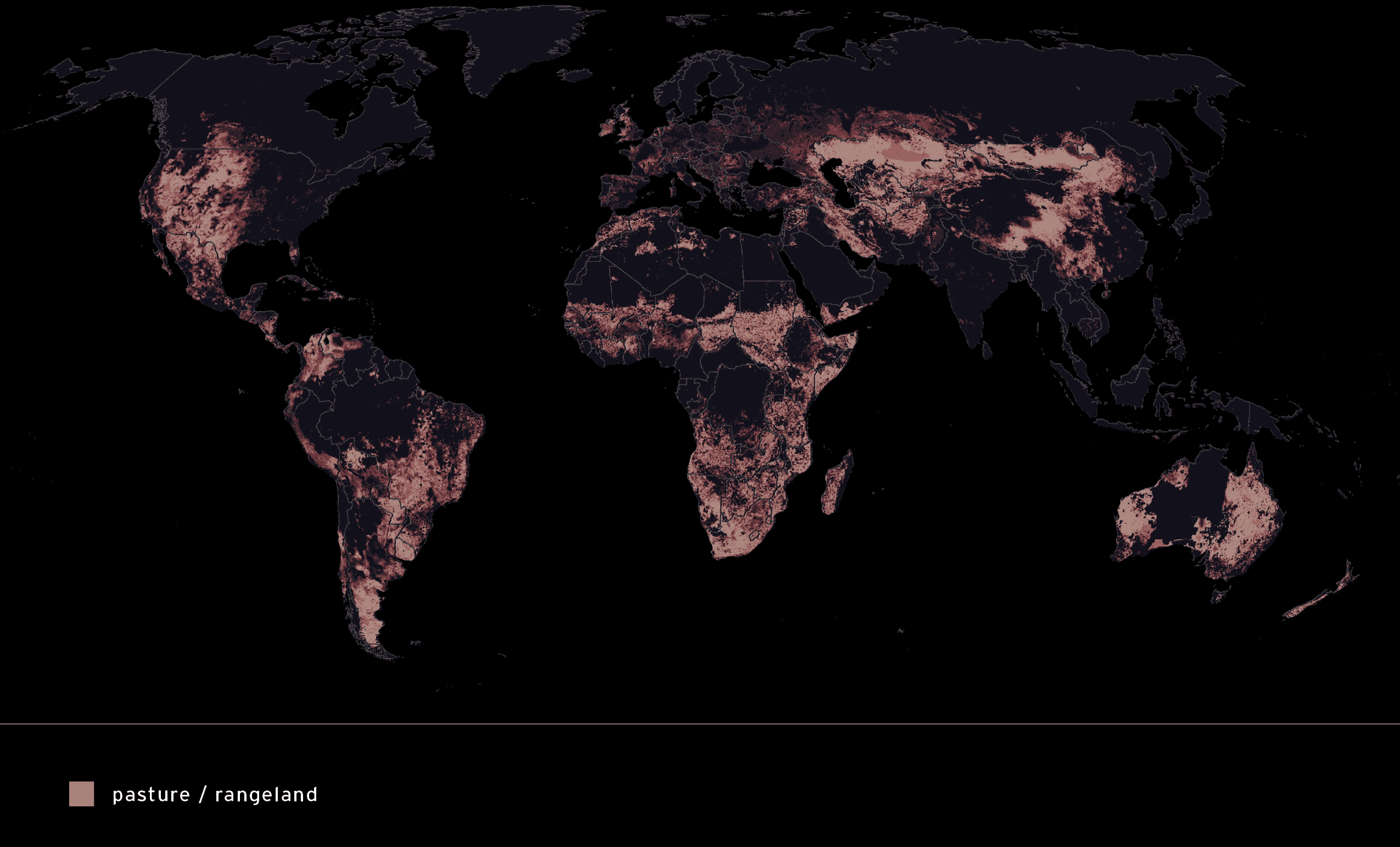
LIVESTOCK AND PASTURES DIRECTLY ACCOUNT FOR 6% OF ANNUAL GREENHOUSE GAS EMISSIONS, AND 15% WHEN COUNTING SUPPLY CHAINS AND PROCESSING. PASTURES CURRENTLY COVER 21% OF THE WORLD'S LAND.
Regenerative ranching and increased woodland pastures could reduce and absorb 17% of annual greenhouse gas emissions, rebuild soil on overgrazed lands and increase biodiversity in grazing lands.
Map Source: Ramankutty, N., A.T. Evan, C. Monfreda, and J.A. Foley. 2010. Global Agricultural Lands: Pastures, 2000. Palisades, New York: NASA Socioeconomic Data and Applications Center (SEDAC). | Emissions reductions and offsets potential based on estimates from Project Drawdown, World Resources Institute, Rodale Institute, and The Nature Conservancy.
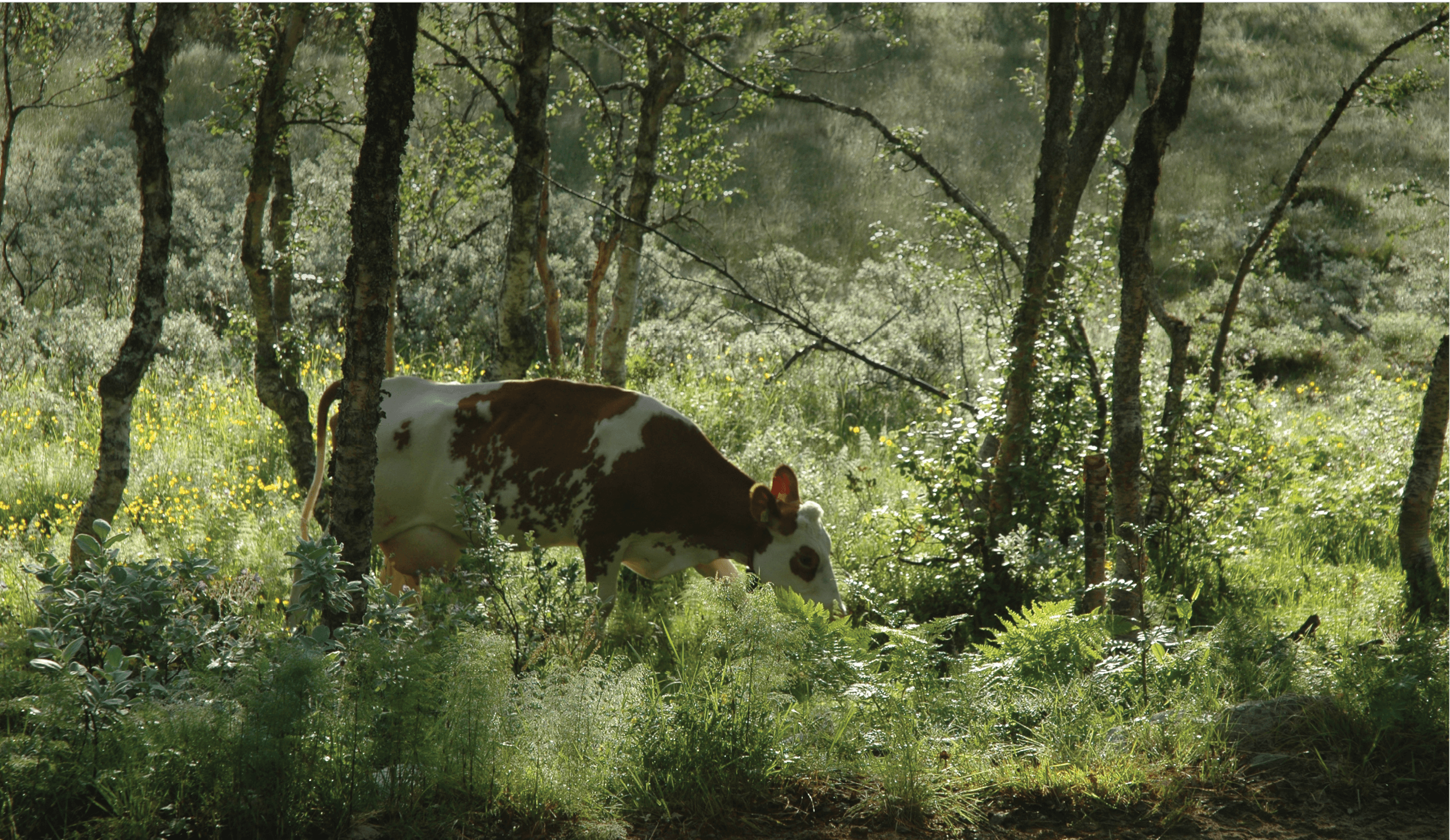
WE CAN TRANSFORM OUR PASTURES FROM A CARBON SOURCE INTO A CARBON SINK.
“Improved grazing can sequester from one-half to three tons of carbon per acre...and their soils can soak up eight, ten, and fourteen inches of rain per hour, whereas before the hardened soils would pond and erode with a mere inch of rain”
“Drawdown” Edited by Paul Hawken. Image: Norwegian red cow grazing. by Sondreaasan. wikimedia commons. CC4.0
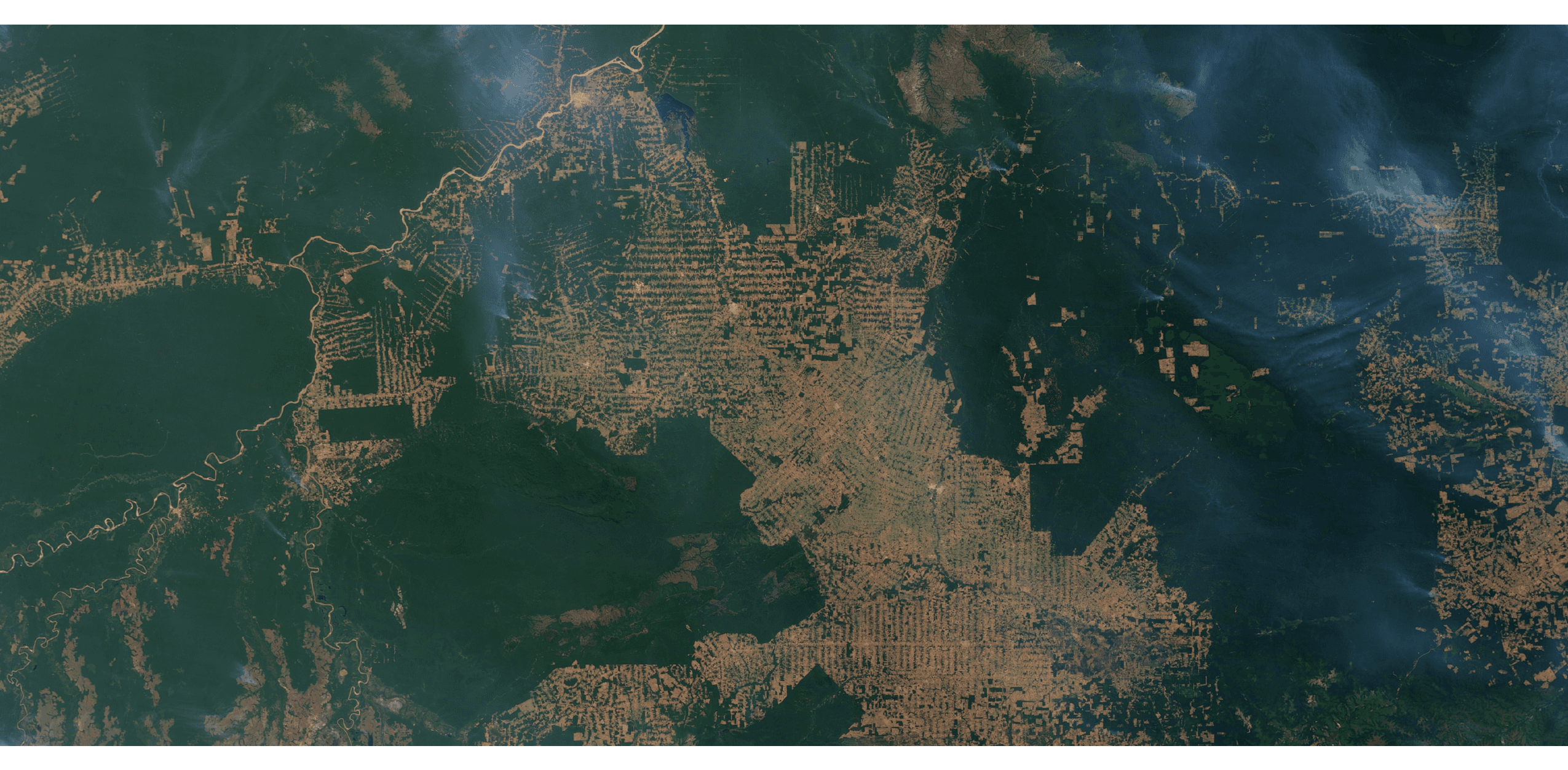
"ONE THIRD OF THE PLANET'S ARABLE LAND IS OCCUPIED BY LIVESTOCK FEED...
70% of Brazil’s deforested land is used as pasture...
And in the U.S., livestock production is responsible for 55% of erosion, 37% of all applied pesticides and 50% of antibiotics consumed.”
Source: “Is the Livestock Industry Destroying the Planet?” Smithsonian Magazine. Image Source: NASA
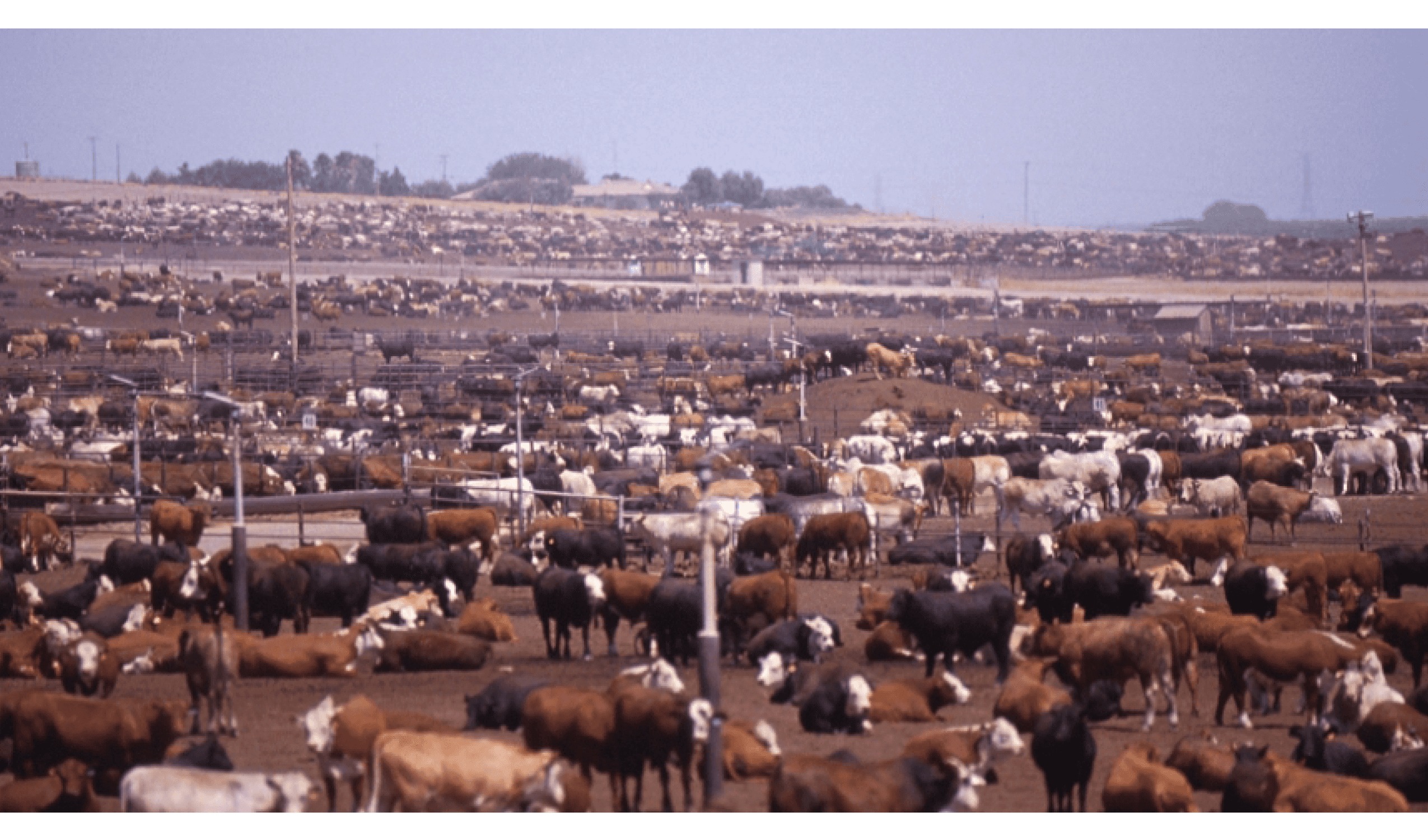
AVOID INDUSTRIAL RANCHING
“Large-scale animal factories often give animals antibiotics to promote growth, or to compensate for illness resulting from crowded conditions. These antibiotics are entering the environment and the food chain, contributing to the rise of antibiotic-resistant bacteria and making it harder to treat human diseases.”
"HUNDREDS OF GASSES ARE EMITTED BY [WASTE] LAGOONS...
... including ammonia (a toxic form of nitrogen), hydrogen sulfide, and methane. The accumulation of gases formed in the process of breaking down animal waste is toxic, oxygen consuming, and potentially explosive, and farm workers exposure to lagoon gases has even caused deaths.”
Source: National Resource Defense Council
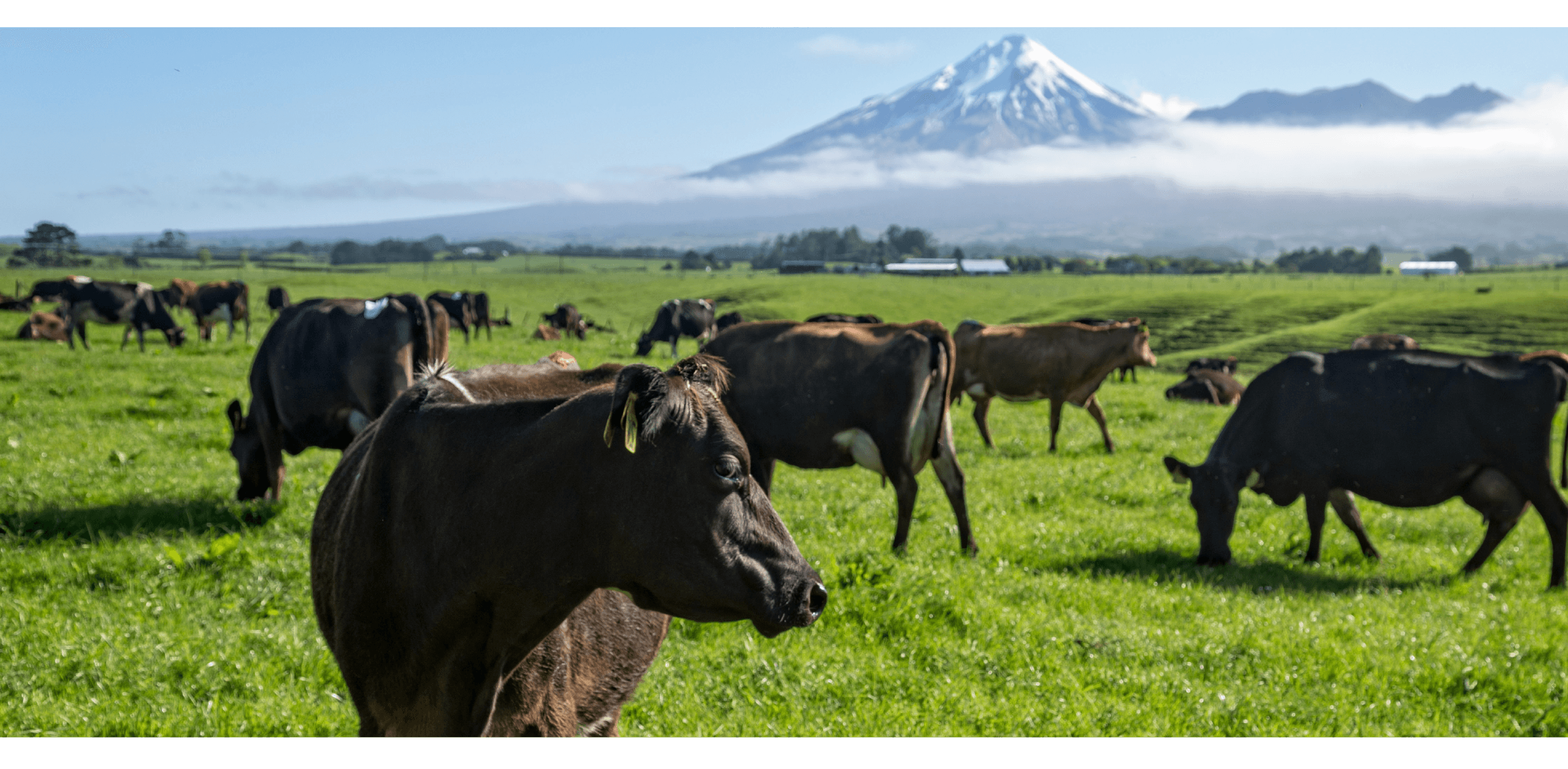
"GRAZING LANDS ARE THE MOST DEGRADED LAND USE TYPE IN THE WORLD"
“But trials have shown that “regenerative practices increase carbon fixation... cut the carbon footprint... improve soil fertility... and finally increase the botanical diversity of the meadowland... [leading] to an increase in both the environmental and economic viability of the farms that implement these practices.”
Source: “Restoration of Degraded Grazing Lands through Grazing Management: Can It Work?.” Vasilios P. Papanastasis, 2009; Regenerative grazing improves soil health and plant biodiversity” Phys.org, 2016. Image Source: Dave Young, Lush Pasture in New Zealand, Flickr CC2.0.
Next solution



Learn about Maya Lin’s fifth and final memorial: a multi-platform science based artwork that presents an ecological history of our world - past, present, and future.

Discover ecological histories and stories of former abundance, loss, and recovery on the map of memory.

Learn how we can reduce our emissions and protect and restore species and habitats – around the world.

See how art can help us rethink the problems we face, and give us hope that each one of us can make a difference.

Help make a global memorial something personal and close to home. Share your stories of the natural world.